New Ballast Technology Regulations
0 likes350 views
该文档涉及大量复杂的字符和符号,似乎没有结构化的信息或可解读的内容。无法提取出有意义的摘要或主要观点。整体来看,文档可能包含乱码或无效信息。
1 of 6
Download to read offline
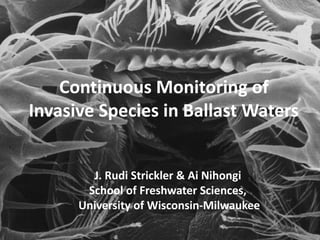
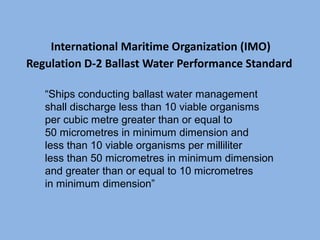
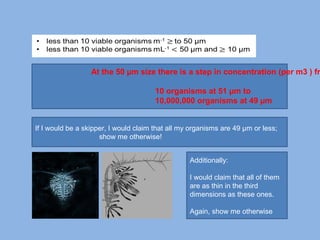
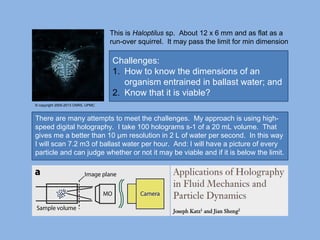
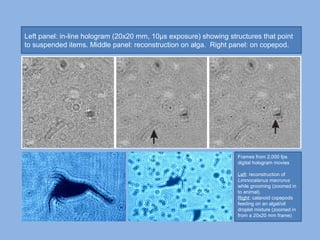
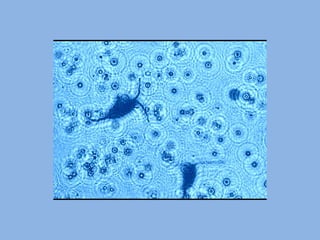
More Related Content
What's hot (20)
Similar to New Ballast Technology Regulations (20)
PDF
?tude de l'énergie et du point d'émission radio des rayons cosmiques détectés...Ahmed Ammar Rebai PhD?
?tude de l'énergie et du point d'émission radio des rayons cosmiques détectés...Ahmed Ammar Rebai PhD
?
Ad
More from Healthy Lakes, Healthy Lives (20)
PDF
2013 HOW Conference: Climate Change Exacerbates Rain-Related Disease Risk Healthy Lakes, Healthy Lives?
2013 HOW Conference: Climate Change Exacerbates Rain-Related Disease Risk Healthy Lakes, Healthy Lives
?
Ad
New Ballast Technology Regulations
- 1. ! # $
- 2. % !
- 3. )* +, *%' (
- 4. )
- 5. !
- 6. #
- 7. $ % ' ( ) $*
- 8. ! + ) #
- 9. 5 +)
- 10. -67 !
- 11. + $ ! / * + 8 ! ' -+ 9 : , $ --./01#234/ 5 $ +4$
- 12. $+ !-
- 13. +5
- 14. - ! + $ ;+-. !
- 15. +) *
- 16. !$
- 17. $ ! +
- 18. ! * =-6-#6
- 19. +4 *
- 21. !
- 22. =@ + 1 * ! A 6
- 23. =@ ! -6-!
